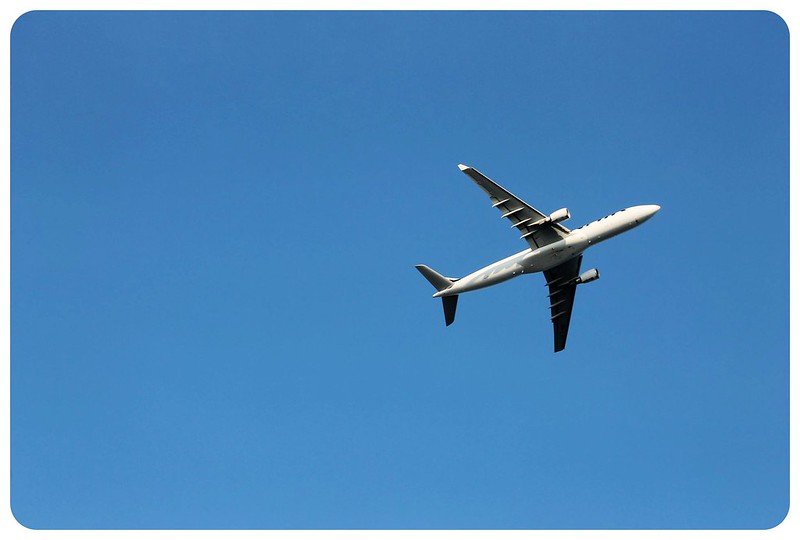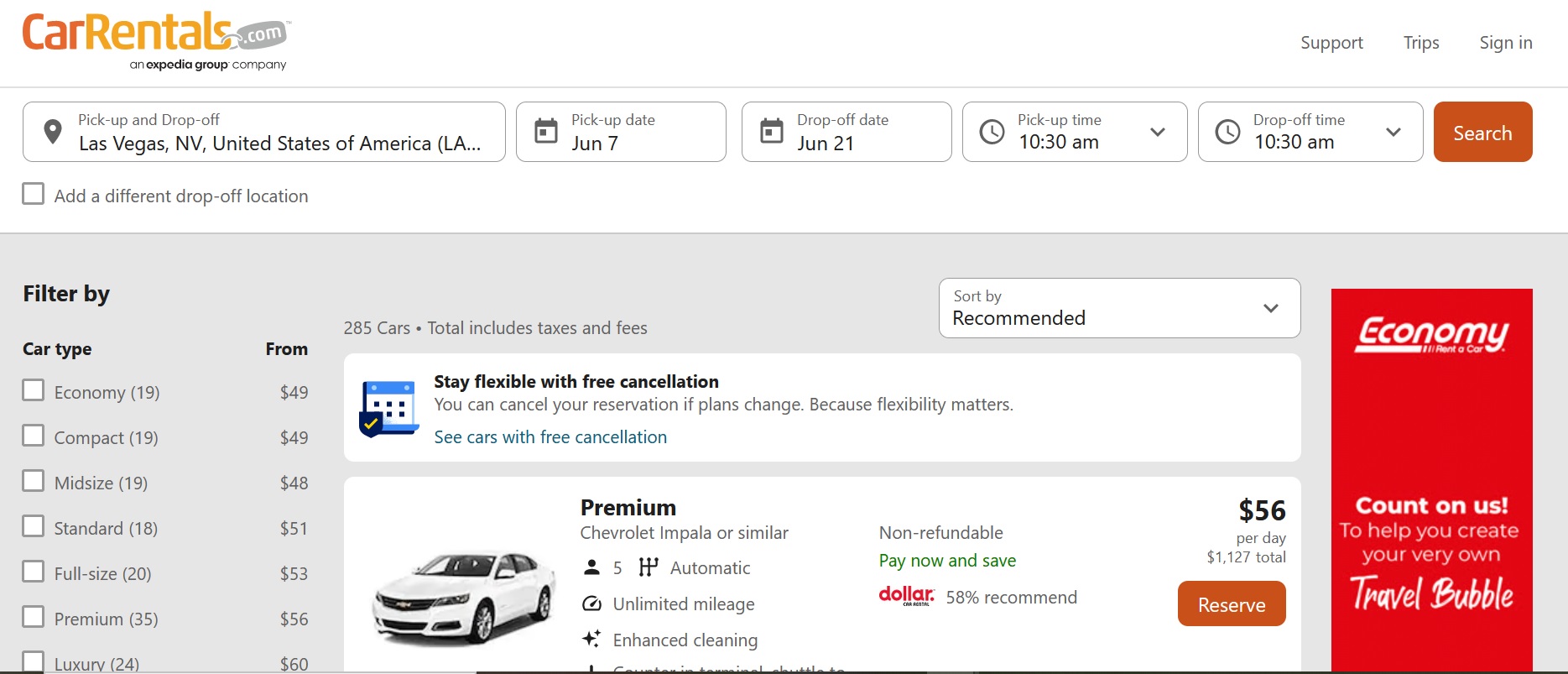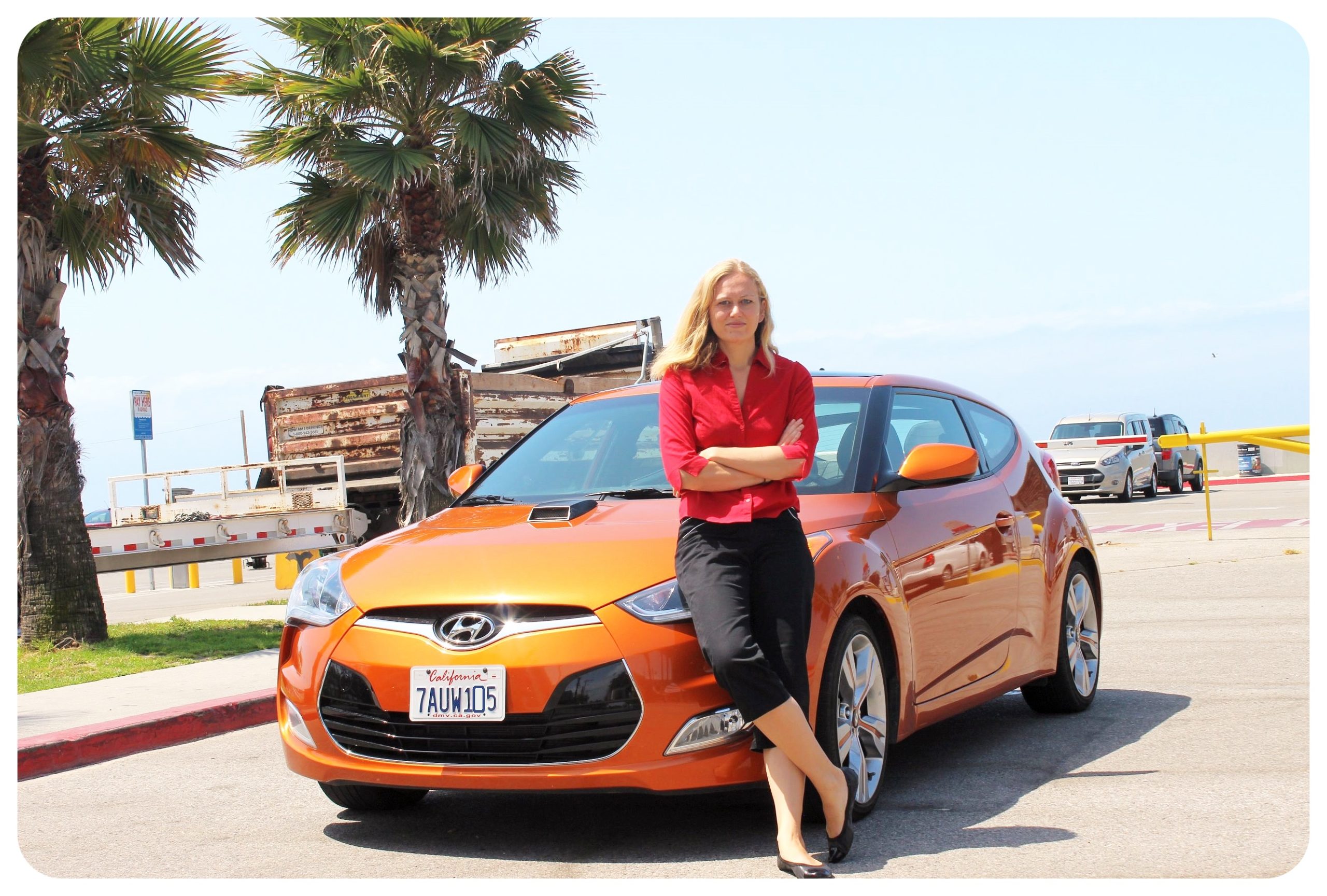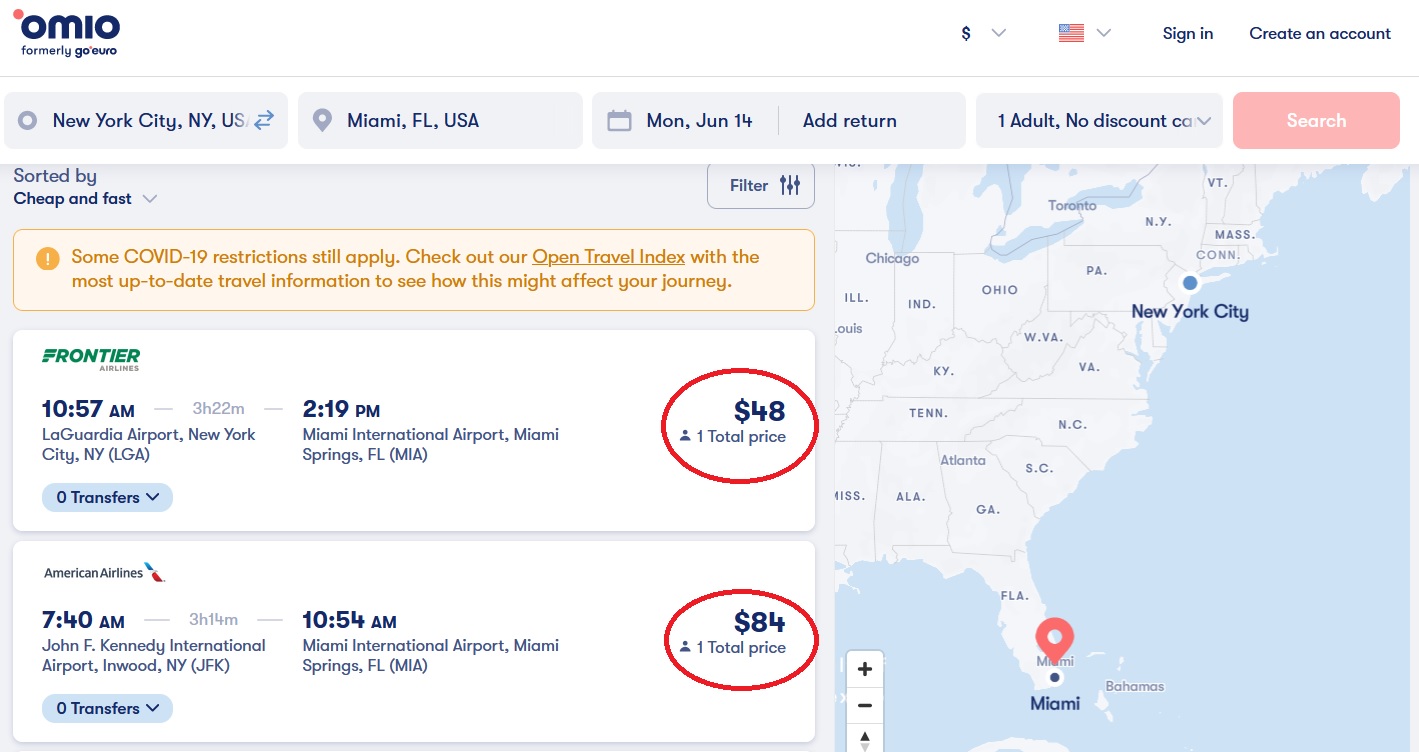Last Updated on May 26, 2023
Traveling to the U.S. from Europe usually starts out cheap – there are always fantastic flight deals to all the major U.S. cities. But once you arrive in the U.S., costs can add up quickly. Accommodation is on the expensive side, traveling around can be pricey, and food and entertainment cost more than in Europe. However, with some smart planning, it is possible to travel around the U.S. on a budget.
In this article, I am sharing the cheapest ways to travel the U.S. on a budget, and some tips on how to get the best deals on rental cars, train tickets and airfare.
Traveling by bus or train
Train and bus travel is not cheap, unless you book your tickets in advance – similar to European countries. The earlier you book your ticket, the more likely you are to find a cheap ticket. For further distances, flying is definitely the best option, but if you are planning to visit a city that’s less than five hours away, trains and buses are usually faster and more budget-friendly. There is a vast bus network connecting the entire U.S., but twelve hours on a bus aren’t much fun. For larger distances, read my tips for scoring cheap airfare below.
The East Coast has a well-working train network, which makes it easy to travel to other cities, and if you book your ticket in advance, you can find extremely good ticket deals. To find the best and cheapest options, I recommend using Omio, a website / app that compares all available transportation options for you: buses, trains and airplanes. If you’re planning to travel from New York to Philadelphia or Boston for example, it will show you how much a bus ticket is vs. a train ticket vs. a plane ticket, and it will also tell you how long each option takes. Decide which option works best for you: if a bus ticket is considerably cheaper, you’ll probably opt for the bus, but if you can score an inexpensive train ticket, traveling by train is the more comfortable option.

In the example above for a trip from New York to Boston, you see that a bus ticket is $11 cheaper than a train ticket. The train ride is only about thirty minutes shorter, so you’ll have to decide if you want to save money and take the bus, or if you’ll opt for the train (which I’d recommend since buses often get stuck in traffic.)
Travel tip: Trains and buses do fill up, so make sure to book your tickets as soon as you know your exact travel dates. That way, you also avoid being left with only tickets for undesirable travel hours, i.e. a very early morning train or late at night.
Budget tip: Trains and buses tend to be more expensive on weekends (Friday through Sunday), when more people travel. Also look up public holidays before your trip – prices also go up for holiday weekends such as Memorial Day or Labor Day, and public holidays such as 4th of July (Independence Day) or Thanksgiving (the last Thursday in November). If you are flexible with your dates, travel on a weekday.
Domestic flights in the U.S.
Spending half my life in Europe has made me spoiled when it comes to cheap flights. $5 tickets from London to Barcelona? $20 for a flight to Germany? Thanks to several budget airlines, traveling by plane in Europe is ridiculously cheap. Don’t expect those kinds of bargains in the U.S. though. Flying is expensive – a flight from the East Coast to the West Coast can easily cost as much as a flight from Europe to the U.S.
To find the best deals for plane tickets, I recommend comparing prices on flight aggregator websites. While Skyscanner tends to be the best one in Europe, it doesn’t work as well in the U.S. When looking for cheap domestic flights, try the aforementioned Omio, and compare the search results you get with Expedia or Google Flights. It’s always a good idea to compare a couple of different websites, as prices can vary drastically.
In the example below, a flight from New York City to Miami, you can see that all three websites found the same Frontier flight as the cheapest option, however, the second cheapest option is a different option on each website.

Before booking the cheapest option, don’t forget to find out what the airline charges for baggage. Traveling with carry-on only will save you a lot of money when flying in the U.S. Domestic airlines charge between $30 and $100 for a checked bag.
Some airlines also offer super saver tickets which do not even include a full-sized carry-on – Frontier Airlines charges between $35 and $60 for a carry-on bag, which means that what at first sight looks like the cheapest option will most likely cost you more because you surely won’t be flying without any luggage whatsoever.
Southwest Airlines is the only U.S. airline that allows you to check your luggage for free. This airline is NOT included in any flight aggregator websites, but because they have extensive flight routes in the U.S. (including Hawaii and some Caribbean destinations), it is worth checking Southwest Airline’s website before booking a flight. Budget tip: Similar to bus and train tickets, airfare goes up during public holidays and weekends. If you can, fly on a weekday.
Budget tip: Similar to bus and train tickets, airfare goes up during public holidays and weekends. If you can, fly on a weekday.
Rental Cars in the U.S.
The U.S. is currently seeing a huge spike in domestic trips, which has led to a rental car shortage in many places. Most Americans tend to fly to their destination and then rent a car right at the airport, and because America is such a car-oriented nation, there are usually thousands of cars available at every airport.
But because demand is greater than supply at the moment, don’t think you’ll be able to find a great last minute deal. On the contrary: If you are planning to rent a car somewhere in the U.S., it is crucial to book a car well in advance. Not only may rental cars sell out if you wait too long, but prices will also increase considerably the closer you get to your departure date. I learned this lesson the hard way when I wanted to rent a car over Thanksgiving last year and ended up paying $200 more than the price I was initially quoted, only because I had waited too long before I booked the car.
As with all other transportation options, I recommend comparing rates for rental cars through an online travel aggregator. Priceline is a popular comparison website, as is Carrentals.com, an Expedia-owned rental car aggregator. Be aware that if you see a deal that seems too good to be true – it probably is.

Budget tip I: Rental car companies often don’t include mandatory insurance fees in their daily rates, and if you end up paying $15 per day for insurance, the $10 daily rate suddenly doesn’t look that cheap anymore. There are third party insurance brokers that offer rental car insurance coverage at much lower rates than car rental companies.
Budget tip II: If you have a credit card with travel perks, you probably won’t need to pay extra for insurance. Many credit cards cover the collision damage waiver for up to two weeks. If you are planning to rent the car for a month or longer, or your credit card provider doesn’t offer rental car insurance coverage, it may be cheaper to buy insurance through a third-party provider. Rental car companies are not the biggest fans of this, but it is a legitimate way to save money on rental car insurance costs.
Travel tip: Driving in the U.S. is not much different from driving in Europe, but some traffic rules differ, and speed limits are lower than in most European countries. Familiarize yourself with traffic and road rules in the U.S. before your trip, and familiarize yourself with driving an automatic car, since driving stick is not common in the U.S.






